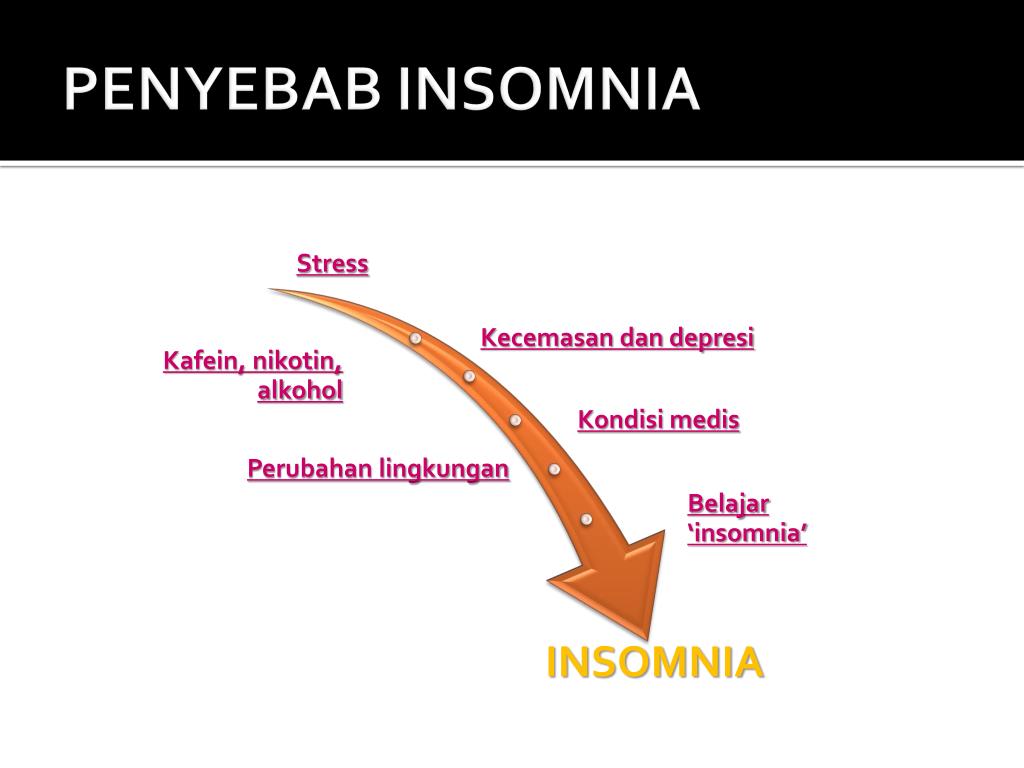

Insomnia can also cause issues during the day like daytime sleepiness, poor concentration, and changes in mood. Insomnia is characterized by an inability to fall asleep, stay asleep, or get quality sleep, even when someone has the chance for sufficient rest. We also explore strategies for preventing insomnia and improving the length and quality of your sleep. To help illuminate this common condition, we break down the symptoms and causes of insomnia and discuss some of its treatments. Fortunately, many people with insomnia see improvements in their symptoms with appropriate lifestyle changes and treatment. Untreated insomnia can lead to unwanted consequences such as fatigue, poor performance at work or school, and a lower quality of life. As many as two-thirds of adults live with the symptoms of insomnia. As Plutarch so aptly stated “All men whilst they are awake are in one common world but each of them, when he is asleep, is in a world of his own.Insomnia is a sleep disorder in which a person has difficulty falling or staying asleep. Psychology Today published an article in February 2009 that states treatment may include medication such as bedtime benzodiazepines, CPAP for any existing sleep apnea and anticonvulsant drugs when medically indicated. The good news is that not only can sexsomnia be accurately coded in DSM-5, it can be treated.
#Icd 10 insomnia code
Instead, there are codes for an emotional sleep disorder (F51.9), a general code for an unspecified sleep disorder (G47.9) and a code for other specified sexual dysfunction (F52.8). The bad news, from an ICD-10-CM coding standpoint, is that sexsomnia is not listed in the current edition of the ICD-10-CM Manual. There are also individuals affected with a night-eating syndrome or sleep-eating disorder (code F51.8) and sleep-related bruxism (code G47.63).


Most of us are familiar with sleep disorder terms such as insomnia (ICD-10-CM codes G47.00 or G47.01), “sleepwalking” (codes F51.3, somnambulism, or F44.89, hysterical sleep walking), obstructive sleep apnea (code G47.33), night terrors (code F51.4), jet lag (code G47.25), restless leg syndrome (code G25.81) and maybe even narcolepsy (code G47.419). A study was published in the Journal of Clinical Sleep Medicine that discussed nine criminal cases where sexsomnia was used as a defense (the outcome favored the defendant in seven of those cases). There is even a theory that there is a genetic link for sexsomnia. This is a rare parasomnia that may be a side effect of some insomnia drugs, occur due to drug or alcohol use, relate to sleep apnea or result from sleep deprivation. Brandon Moore, MD discussed the condition of “sexsomnia” which means engaging in sexual activity while asleep and the corresponding new DMS-5 diagnosis code.

At an October 2014 meeting of the Academy of Psychiatry and Law, Dr. However, these codes may pale in comparison to some of the new DSM-5 codes. In fact, there is even an ICD-10-CM code for a paper cut (W45.1XXA). ICD-10-CM has received criticism because there are codes for an injury due to an explosion on a sailboat (V93.54XA), person battered while on the outside of a dune buggy in traffic (V86.23XA), a person struck by falling objects during a cave in (W20.0XXA, code first any cataclysm or lightning strike) and an individual hurt during the explosion of a bicycle tire (W37.0XXA).


 0 kommentar(er)
0 kommentar(er)
